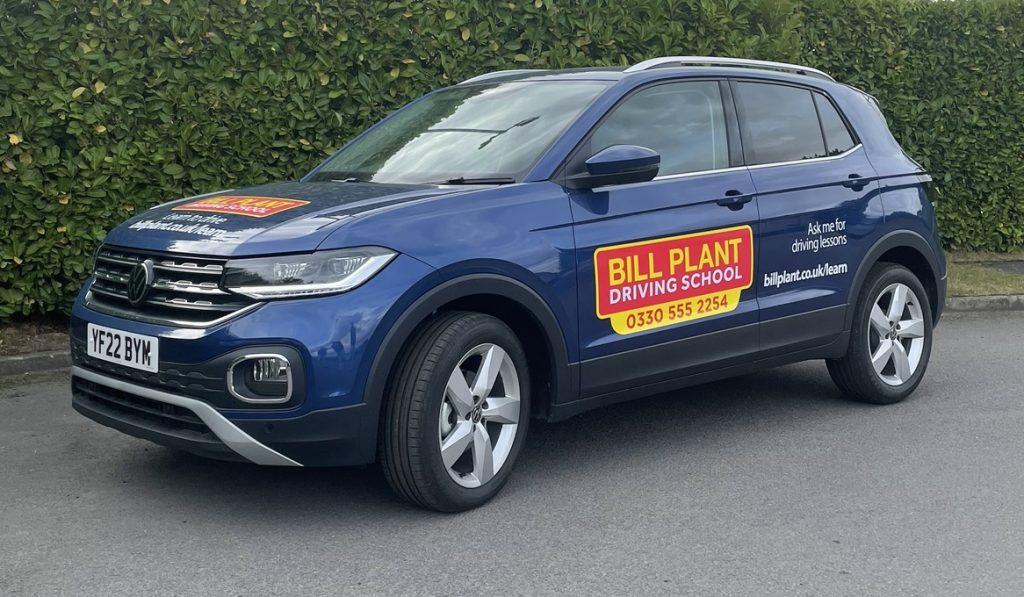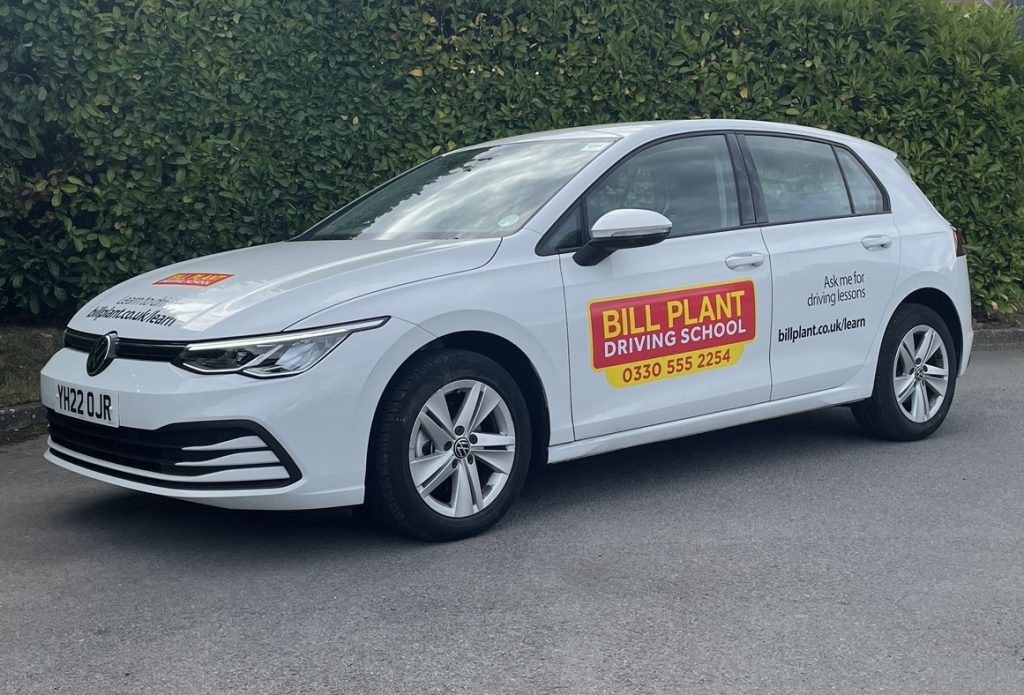Driving around cyclists
When you’re carrying out your driving lessons, there is one core principle that is fundamental to your learning, regardless of which aspect of your driving that you’re currently looking to develop; care for other road users.
Whether you’re out with an instructor learning to drive or on the road independently as a qualified driver, cycle safety is an extremely important subject for drivers, cyclists and other road users to be aware of.
RoSPA (The Royal Society for the Prevention of Accidents) has provided many statistics that can be found in the public domain on collisions involving cyclists, which reinforces the importance of effective risk management.
Tragically, while those who ride bicycles and motorbikes represent less than one per cent of road users, they account for almost 1 in 5 road fatalities across England, Scotland and Wales. It is therefore critical to understand the ways in which we can help ensure their safety when out driving.
- Around 75% of serious road accidents involving cyclist occur in towns and cities
- 3 in 4 of these incidents happen at, or near, a road junction
- However half of cyclist fatalities occur on country roads
- 8 in 10 incidents occur in broad daylight
Advice for car users
Check your blind spots and mirrors
Before setting off from a fixed position, such as at a junction, always check your side mirrors and over your shoulder to make sure it is safe to move off. The same should also be done when making a turn.
Give them space when overtaking
As referenced in the highway code, you must give a cyclist 1.5m of space (around 1.5x car lengths) when overtaking. If you are unable to give them this amount of space the manoeuvre should not be completed.
Signals
70% of cycle accidents are caused by driver error and one of the biggest causes of these is when a driver does not signal correctly. Always make sure that you are making your intentions known as soon as possible and are using your indicators and hazard warning lights when they are needed.
Be aware of your lights at night
Your headlights can very easily dazzle a cyclist and cause a collision, especially when they are on high beams. Always make sure your headlights are dipped when you are approaching a cyclist.
Keep the cycle lanes clear
At some traffic lights, there will be a box at the front clearly marked with a bike symbol. This area is reserved for cyclists as it allows them to safely get in front of traffic and increases their overall visibility. Cycle lanes on the side of the road should also be kept clear; it is illegal to drive or park in these.
Avoiding collisions with cyclists
Junctions
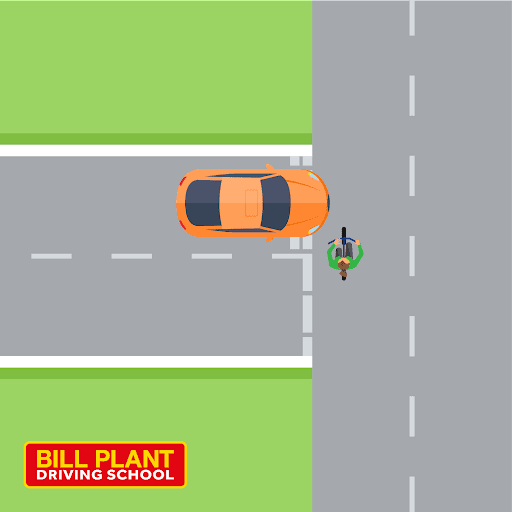
Road collisions are most common at junctions, with cyclists often caught off guard when cars are pulling in and out of them. It is really important to understand how “road priority” works, in order to minimise risk to these road users. Those already on the road that a car is emerging onto from a junction always have right of way. Drivers should always wait for a clear, safe and legal opening before accessing the road.
To help prevent collisions, drivers should always be aware of their surroundings and use appropriate signals. Cyclists should also slow down when they see cars at junction entrances, so they are able to stop at short notice if needed.
Obstructions
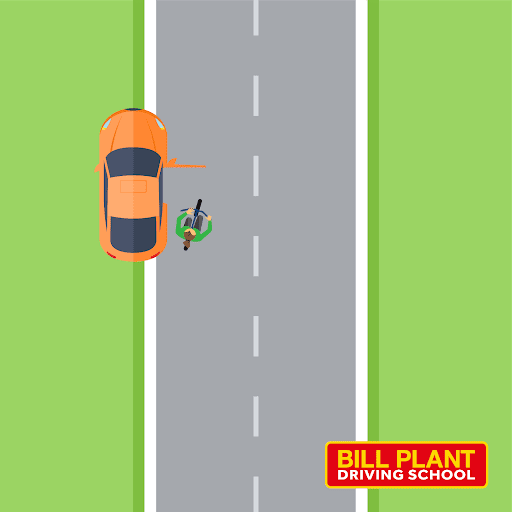
Obstructions can be anything from car doors being opened by a driver who isn’t looking when they are getting out of their vehicle, or a child or animal running out into the road.
These incidents can sometimes be hard to avoid as they happen so suddenly, but as a driver, you can help avoid these collisions by making effective all around observations while driving. This is equally as important when you’ve pulled over or stopped, making sure to check in your mirrors and blind spots when exiting your car.
Traffic lights
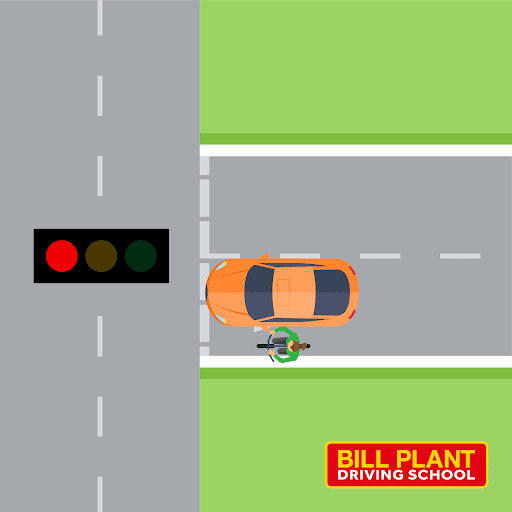
Most collisions at traffic lights are caused by a cyclist’s positioning and visibility. If they pull up next to a car at a set of traffic lights they may be in their blind spot and the car may not see them and turn into them in error. The best way to avoid this is to always make sure that you check your mirror and blind spots when turning after a set of traffic lights.
Overtaking

Collisions involving cyclists when overtaking can be caused by cars overtaking cyclists or vice versa. Drivers can either not give cyclists enough space when overtaking, forcing them towards the curb or alternatively, they can cut back too soon when completing an overtake and clip the cyclist or cut them off.
A cyclist can also cause a collision if they try to overtake a car when it is waiting to turn, which causes the cyclist to go into the side of the car. The best way to avoid this as a driver is to make sure before completing the overtaking manoeuvre that you are fully aware of your surroundings and have the necessary space to complete it. Once you have overtaken, make sure you quickly check your mirrors when moving back across and if there is a cyclist present you should give them plenty of space.
Advice for cyclists
Be aware of dangers on the road
Compared to driving a car, cycling requires much more concentration on other road users as not only do you need to make sure that you are aware of your surroundings, you’ll also need to make sure that you are being noticed by all road users due to the inherently higher risk you face if involved in a road collision.
Ensure that you are aware of any cars that may be looking like they are about to turn (as they may not always indicate) and try to make sure that you are not in a vehicle’s blind spot so that they do not accidentally turn into you.
When using any cycle lanes or when riding on a road be aware of anything that can block your path, such as parked cars, car doors, bins or children playing on the pathways.
Make sure that you are able to be seen at all times
This is the single best way to ensure that as a cyclist you are protected. One of the best ways to be easily seen is to wear bright and reflective clothing t as well as having lights on both the front and rear of your bike (this is especially important if out cycling at night.)
Signals
Just like a car, you will need to signal when you are slowing down or changing direction:
Turning – Put one arm out to the left or right depending on which way you are going to be turning
Slowing down – Use one arm with your palm facing down and raise your hand up and down to wrist height
Stopping – Put one arm out extended upwards with your palm facing forward
Use a bell
Unlike a car, you will not have the use of a horn, so you will need to use a bell to make cars and pedestrians aware of you when you are on the road.
Maintain your bike
Just like a car, it is best to have your bike serviced on a yearly basis to make sure that it is in good working order. Before any journey, you should always check your brakes and tyre pressure. If any of these are not working or are worn you should not start your journey as it can affect the speed at which you can stop which can be extremely dangerous.
